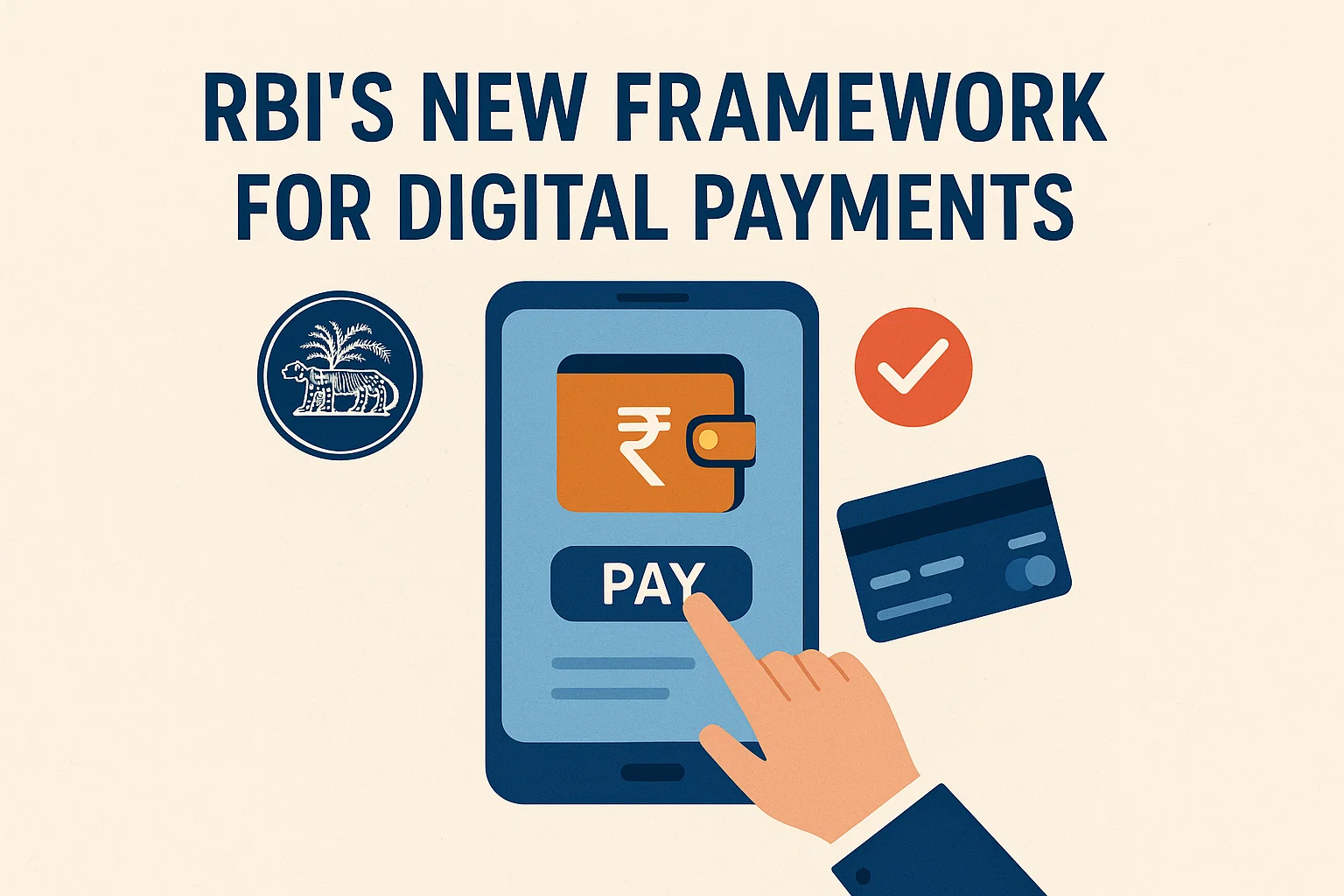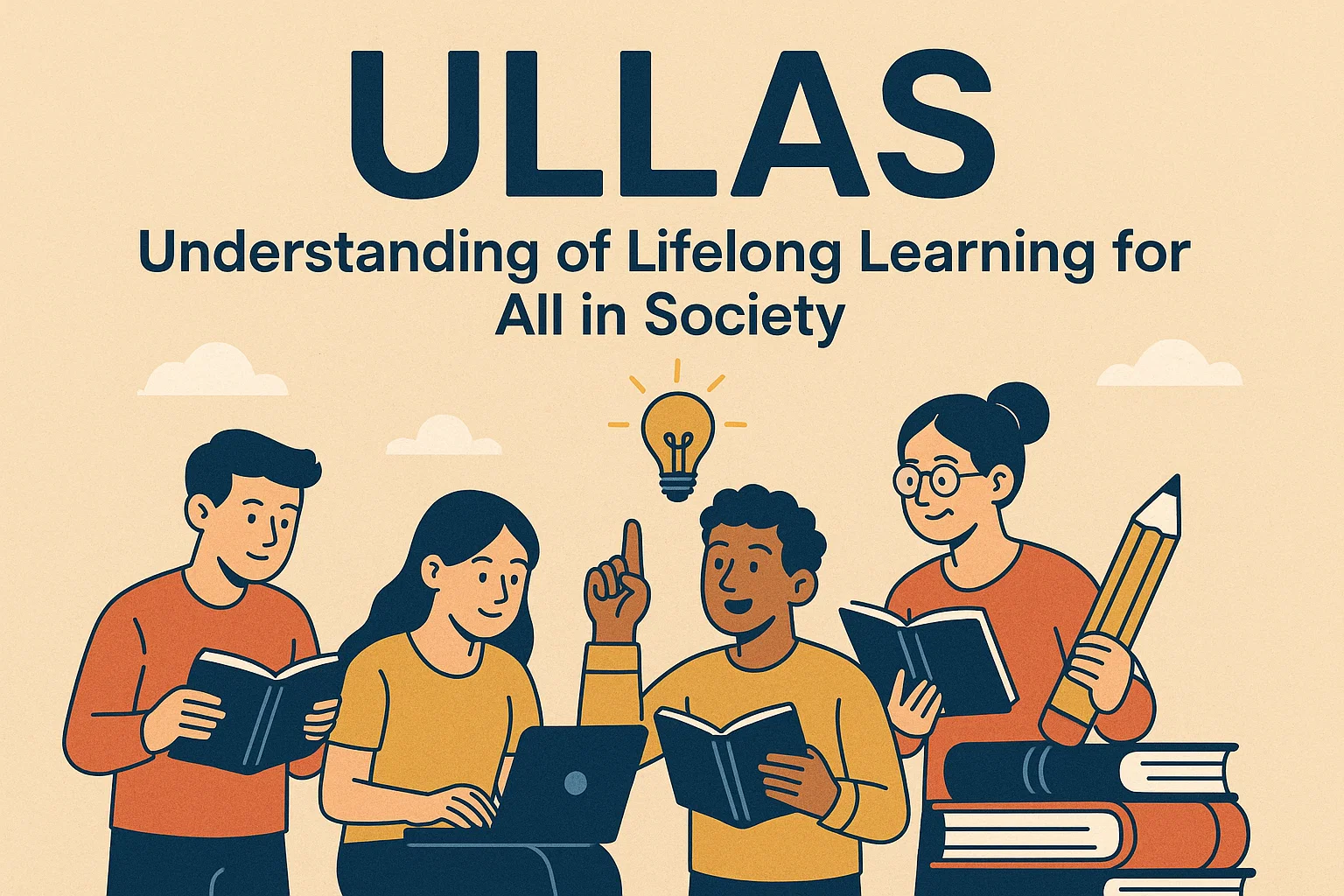Font size:
Print
India–US–Pakistan Triangle
A triangular dynamic in South Asia’s power politics
Context: In the strategic chessboard of South Asia, the triangular relationship between India, the United States, and Pakistan is once again under the global spotlight.
More on News
- This triangular equation blends strategic compulsions, political ideologies, and historical baggage—all converging into a modern contest for regional and global influence.
- The recent White House luncheon between the U.S. President and Pakistan Army Chief was not just symbolic—it was a clear throwback to Cold War-style diplomacy.
- Coupled with Mr. Trump’s controversial assertion of brokering a ceasefire between India and Pakistan using trade leverage—despite India’s strong denials—the move signals a return to deal-driven, short-cut diplomacy.
Is the U.S. Shifting Its South Asia Strategy From Principles to Pragmatism?
-
- Altered Dynamics: President Trump’s transactional foreign policy has noticeably altered U.S.-Pakistan dynamics.
- Previous Term: His earlier term saw a direct rebuke of Pakistan’s “double game” in the fight against terrorism—a stance that deeply resonated with India’s firm anti-terror position and helped cement India-U.S. strategic cooperation.
- Present Term: However, the Trump administration’s second term reveals a pivot:
- $397 million aid for Pakistan’s F-16 fleet revival.
-
- Praise for Pakistan as a “phenomenal partner” in counterterrorism.
- Acknowledgment of Pakistan’s regional intelligence role, particularly on Iran.
- Ignoring Strategic Framework: This recalibration undermines the long-cultivated trust with New Delhi, and prioritises short-term tactical benefits over a long-term strategic framework.
How Has India Responded to Evolving Geostrategic Threats?
- Following the Pahalgam terror attack, India launched Operation Sindoor, marking a clear doctrinal departure from its traditional policy of strategic restraint.
- The India Prime Minister announcement of a “new normal” indicates India’s willingness to:
- Launch military reprisals.
- Mount global diplomatic pressure on Pakistan.
- Reposition the Kashmir issue as a matter of sovereignty, rejecting third-party involvement.
- With China’s deepening alignment with Pakistan, India is now bracing for the possibility of a two-front security challenge.
Is Pakistan Reasserting Its Strategic Relevance Through Military Diplomacy?
-
- Pakistan is intensifying a dual strategy—assertive military posturing and energetic diplomatic engagement, especially with Washington.
- The promotion of General Asim Munir to Field Marshal reflects a hardening military-centric doctrine resistant to civilian oversight.
- Key Pakistani tactics include:
-
- Leveraging geography—connecting South, Central, and West Asia.
-
- Offering rare earth minerals and economic deals to U.S. firms.
-
- Positioning itself as a regional enabler, particularly in the Iran-Afghanistan theatre.
- Pakistan’s charm offensive underscores its aim to remain indispensable in America’s South Asia playbook.
Is the U.S. Struggling to Balance Competing Priorities in South Asia?
- The U.S. position remains ambiguous, caught between:
- Supporting India’s Indo-Pacific vision (e.g., the Quad Foreign Ministers’ Meeting on July 1).
- Rekindling old security ties with Pakistan for operational utility in Iran, Afghanistan, and China’s neighbourhood.
- India’s firm rejection of third-party mediation in Kashmir contrasts sharply with Pakistan’s willingness to internationalise the issue.
- Any attempt by Washington to equate or “hyphenate” India and Pakistan risks alienating New Delhi, which views itself as a rising global power and not a regional rival.
What Sustains Pakistan’s Persistent Influence in U.S. Foreign Policy Circles?
- Pakistan’s enduring value to Washington is shaped by its strategic geography, bordering Iran, China, and Afghanistan along with a reputation for logistical and intelligence facilitation in volatile theatres and military-to-military rapport cultivated over decades, often overriding civilian diplomacy.
- This creates a scenario where Pakistan, despite internal instability and economic fragility, is still seen by some in Washington as a geopolitical linchpin—a perception that complicates India’s strategic calculus.


